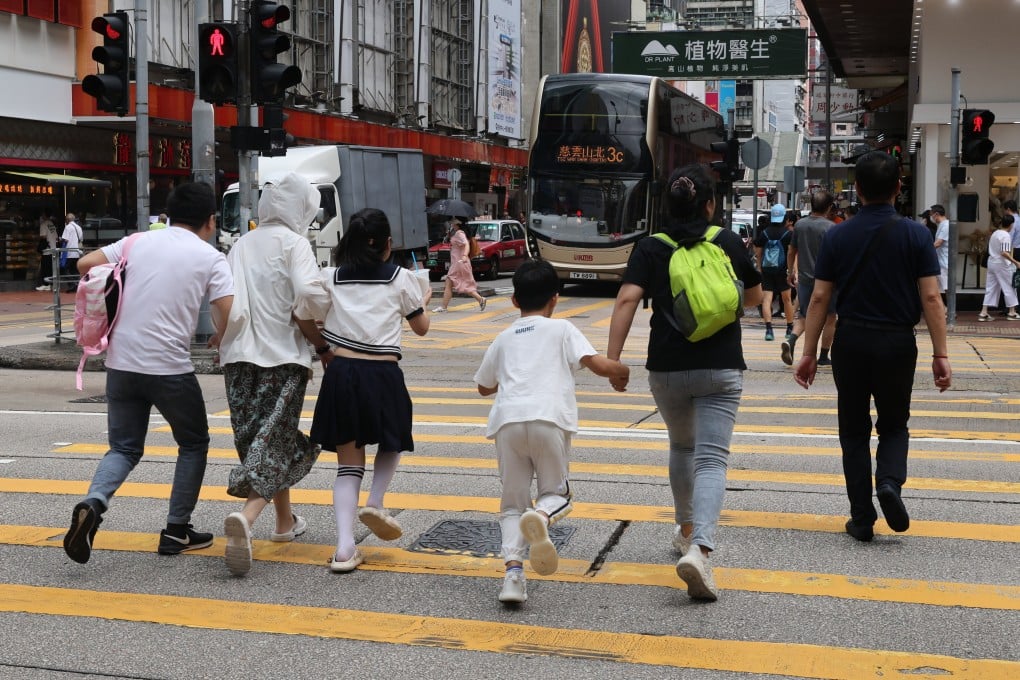Opinion | Jaywalking crackdown is not enough to make Hong Kong a safer city for all
- The design practices behind Hong Kong’s infrastructure lead to pedestrians yielding to vehicles despite pro-pedestrian trends taking hold around the world
- Compromises such as lower speeds and more vigilance in busy pedestrian areas will mean safety and pedestrian convenience are no longer mutually exclusive

While acknowledging that “illegal driving behaviour is another major reason for serious and fatal traffic accidents”, Chan’s critique focused on pedestrians. The police have warned of action against pedestrian conduct such as ignoring red lights, climbing road fences and not using crossing facilities such as footbridges or tunnels.
Chan might be interested to know that studies have shown phone use by drivers, not pedestrians, is much more likely to cause accidents.
He might also not be aware that our own Transport Department’s website warns drivers that they “have the legal and moral responsibility to take proper care to avoid accidents with pedestrians at all times and places – even if the pedestrians are jaywalking”.
In Hong Kong and elsewhere, jaywalking is illegal and potentially dangerous. That is why it’s rarely an activity pedestrians choose to engage in if they have better options.
